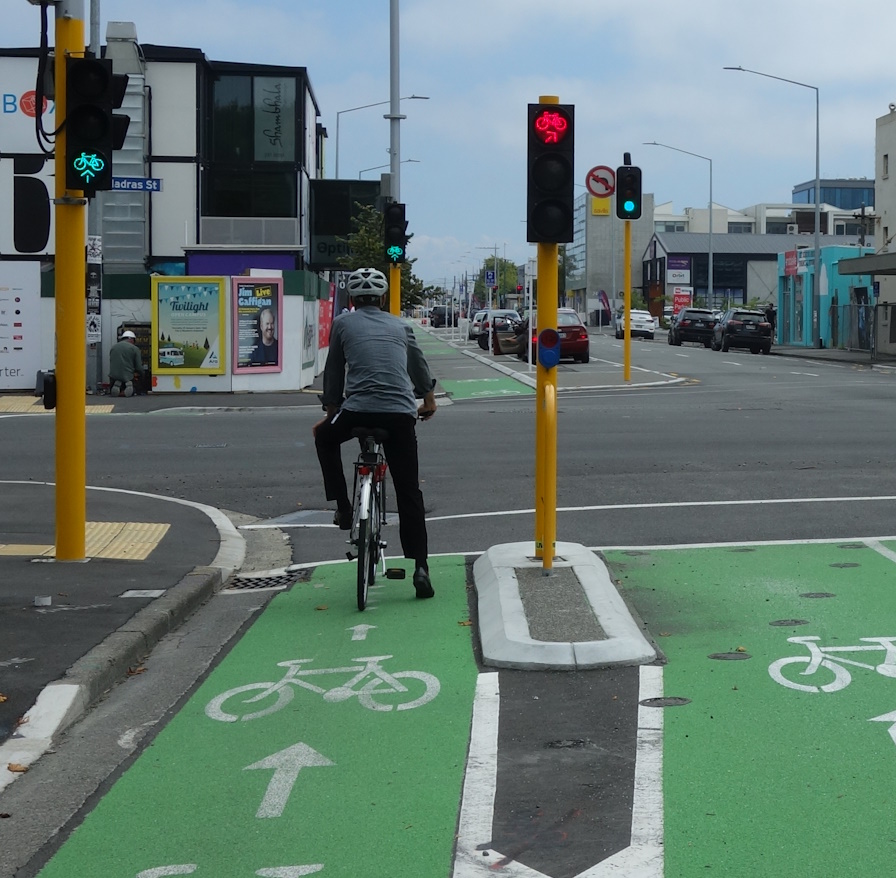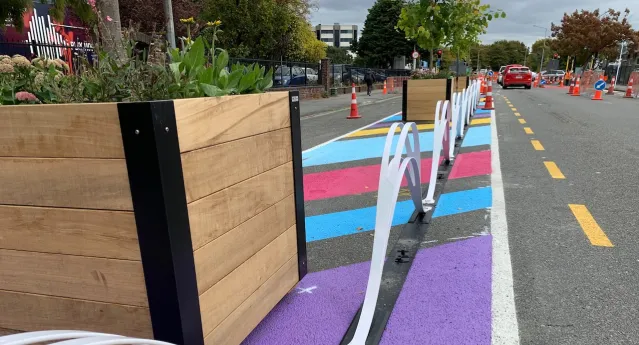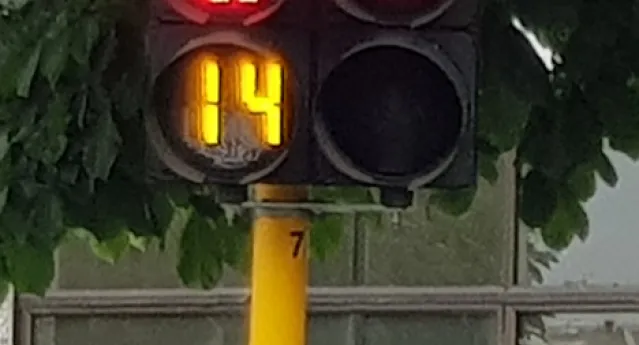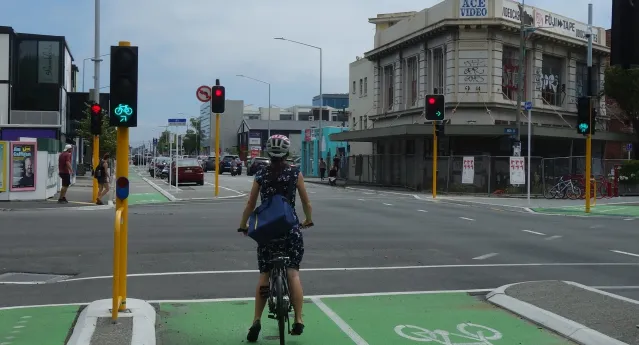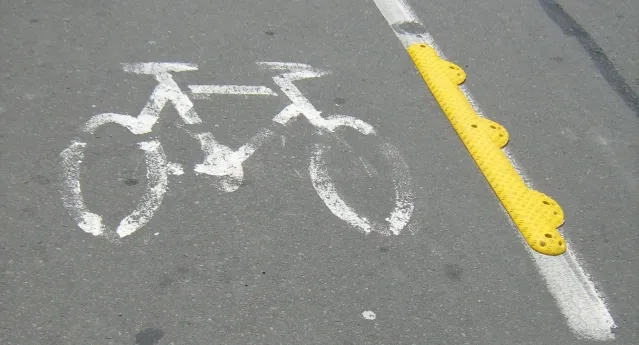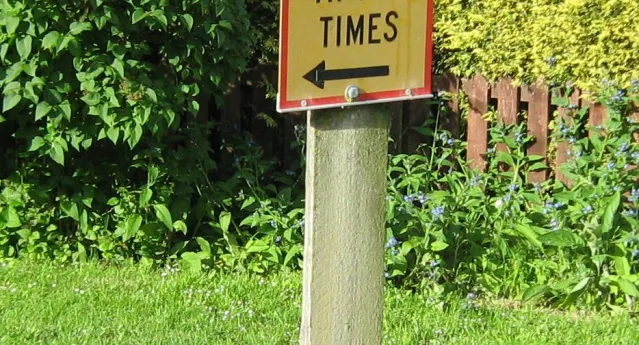Traffic control device (TCD) trials
Traffic control devices (TCDs, i.e. signs, markings, traffic signals, delineators) can be subject to change and evolution, often based on observed practices elsewhere in the world. This may require testing of the new TCD under various situations in NZ before their acceptance here.
We are heavily involved in undertaking formal trials and other operational research regarding new and innovative TCDs and layouts in NZ, including observation surveys and perception studies.

